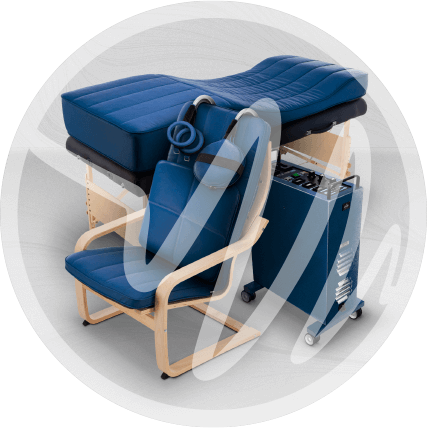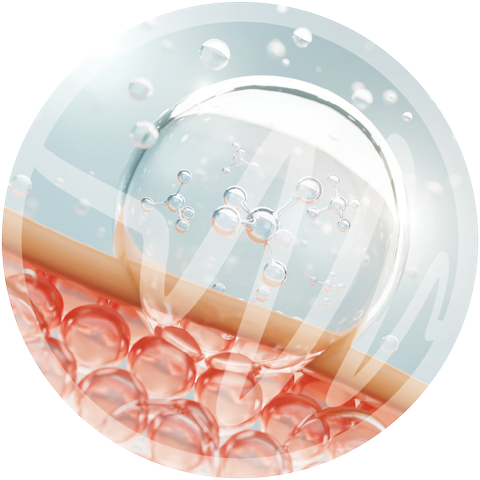Strengthen from the Inside Out: How PEMF Therapy Supports Collagen Production and Repair
Collagen is often called the “glue” that holds the body together, and for good reason. It’s the most abundant protein in the human body, forming the foundation of skin, joints, tendons, ligaments, and bones. As we age or recover from injury, collagen breakdown and slowed production can lead to wrinkles, joint pain, sagging skin, and delayed healing.
While many people turn to supplements or cosmetic procedures to restore collagen, many are exploring PEMF therapy for collagen production as a natural, noninvasive way to stimulate collagen naturally and support full-body regeneration.

What Is Collagen and Why Does It Matter?
- Skin elasticity and hydration
- Joint cushioning and mobility
- Wound healing and tissue regeneration
- Bone strength and integrity
- Tendon and ligament support
However, beginning in our mid-20s, the body’s natural collagen production declines by up to 1% per year. This process accelerates with stress, poor diet, UV exposure, and inflammation. The result? Thinner skin, aching joints, reduced flexibility, and slower injury recovery.
That’s where PEMF therapy for joint and skin health offers a breakthrough. It stimulates the cellular processes that enhance collagen synthesis and optimize the environment for connective tissue regeneration.
How PEMF Therapy Enhances Collagen Production

Here’s How PEMF Therapy Supports Collagen Health
Stimulates Fibroblast Activity
Fibroblasts are the cells responsible for producing collagen. PEMF therapy has been shown to activate fibroblasts and increase their output, especially in areas affected by injury or chronic inflammation. This supports collagen support for injury recovery, strengthens joints, and promotes PEMF skin rejuvenation.
Enhances Cellular Energy (ATP)
PEMF boosts mitochondrial activity, increasing the production of ATP—the energy source cells use to function and regenerate. Higher ATP levels help cells produce collagen more efficiently, accelerating natural anti-aging therapy processes and improving skin and joint resilience.
Improves Blood Flow and Oxygenation
Collagen production relies on nutrient delivery and oxygenation. PEMF therapy enhances microcirculation, ensuring essential amino acids and oxygen reach needy areas. This boosts collagen naturally while supporting skin glow, flexibility, and healing.
Reduces Inflammation That Disrupts Collagen Formation
Chronic inflammation can damage collagen fibers and suppress new collagen formation. PEMF naturally reduces pro-inflammatory markers and improves tissue healing, critical for PEMF for tendon and ligament repair and overall collagen integrity.
Accelerates Wound Healing and Skin Repair
Used in PEMF for wound healing and dermatology, this therapy promotes epidermal regeneration, increased skin thickness, and faster closure of wounds. These processes rely heavily on healthy collagen development and are central to PEMF for post-surgical recovery.
Collagen Health Isn’t Just About Looks—It’s About Function
- Joint pain relief
- Tendon and ligament repair
- Post-surgical healing
- Faster muscle recovery
- Stronger bones, nails, and hair
- Improve skin elasticity naturally

A Natural Way to Rebuild and Renew
Supported by Science
View Clinical Research on PEMF and Collagen Health
- Study: Modification of Osteoarthritis by Pulsed Electromagnetic Field—A Morphological Study
- Study: The Use of Magnetic Fields in the Treatment of Patients with Rheumatoid Arthritis
- Study: Pulsed Electromagnetic Field Therapy for the Management of Osteoarthritis-Related Pain, Stiffness, and Physical Function: Clinical Experience in the Elderly
- Study: Exposure to a Specific Pulsed Low-Frequency Magnetic Field: A Double-Blind, Placebo-Controlled Study on Pain Reduction in Rheumatoid Arthritis and Fibromyalgia Patients
- Study: Pulsed Electromagnetic Fields in Knee Osteoarthritis: A Double-Blind, Placebo-Controlled, Randomized Clinical Trial
- Study: Effects of Pulsed Electromagnetic Field Therapy on Knee Osteoarthritis: A Systematic Review
